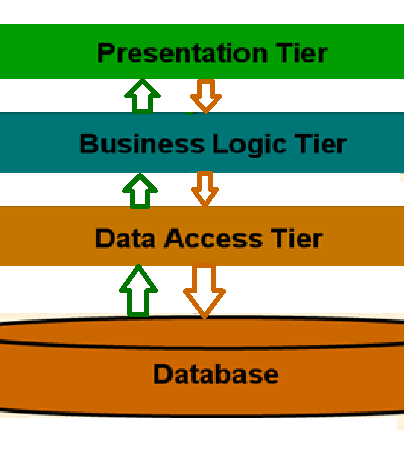Asp.net Performance Optimization in Web Sites
Performance Optimization in ASP.NET Web Sites: Performance is an important aspect of the modern day web application development. Not only does it makes a site seamless to use, but also increases the sociability of the website and makes it future proof. In this article, we will look at various aspects of improving the performance of ASP.NET web applications. We will only concentrate on the browser/web server side performance as opposed to server/app server/database server performance optimizations.
Here are some examples on why you would need optimized web sites.
- Amazon.com had performed a test on their web site, and
when they slowed the site by 100ms, the sales drop was 1%. As you would imagine
for a company like Amazon, 1% is a huge loss.
- Google slowed their Search Engine by 500ms, and the
traffic dropped by 20%.
As you can see, performance is a very important aspect of
modern web sites. It becomes more important as nowadays most sites require
optimized sites for mobile, tablet devices and other portable devices that
often run on low throughput wireless networks.
Here are some tips that you can consider while making a
better performing website.
Using the right ASP.NET framework:
Check your .NET framework. If you can upgrade your site to
use .NET 4.5, then it has some great performance optimizations. .NET 4.5 has a
new Garbage Collector which can handle large heap sizes (i.e tens of
gigabytes). Some other improvements are Multi-core JIT compilation
improvements, and ASP.NET App Suspension. These optimizations do not require
code changes. A great article on an overview of performance improvements of
.NET 4.5 is at http://msdn.microsoft.com/en-us/magazine/hh882452.aspx
File compression:
There are often requests bloated to the web server with lot
of static content. These content can be compressed thereby reducing the
bandwidth on requests.
The following setting is only available in II7 and later.
<configuration>
<system.webServer>
<urlCompression
doStaticCompression="true" doDynamicCompression="true"
/>
</system.webServer>
</configuration>
The above configuration setting has direct association with
IIS and nothing to with ASP.NET. The urlCompression name sounds strange but it
is not really the compressing of URLs. It is compressing or gripping the
content and that sent to the browser. By setting to true/enabling you can zip
content sent to the browser while saving lots of bandwidth. Also notice that
the above setting does not only include static content such as CSS/JS, but also
dynamic content such as .aspx pages or razor view.
If your web server is running in Windows Server 2008 R2
(IIS7.5), these settings are enabled by default. For other server environments,
you would want to tweak the configuration as I just showed, so that you can
take the advantage of compression.
Reducing the number of requests to the Server
It is very common that lot of websites uses individual CSS
files and JS files as static content. Usually each file is served per request.
For a small site this seems minimal, but a number of large static files, when
requested via the web server, utilize lot of bandwidth over the network.
ASP.NET provides a great way to bundle and minify these
static content files. This way the number of requests to the server can be
reduced.
There are many ways to bundle and minify files.
For example,
MSbuild, third party tools, Bundle Configs etc. But the end result is the same.
One of the easiest ways is to use the new Visual Studio Web Essentials Pack



This is very nice blog. It’s really very good information for us about ASP.NET framework. It has some information that I really need in my project for better enhancement. A few days before I found this kind of information from Hostbuddy.com. Thank you
ReplyDelete